We've found 470 matches for your search. Order by
Results
-
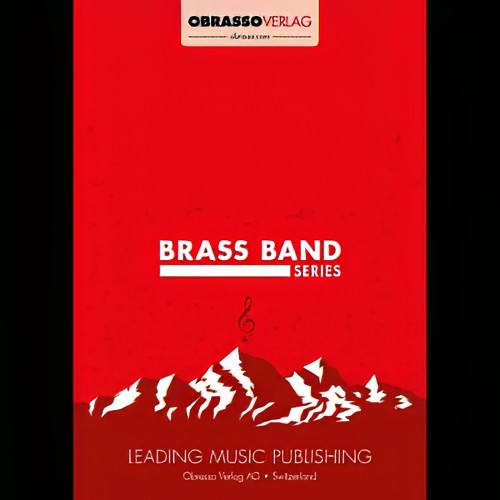 £56.00
£56.00Rocking Trombones (Trombone Trio with Brass Band - Score and Parts) - Fernie, Alan
Duration: 3.00
Estimated dispatch 7-14 working days
-
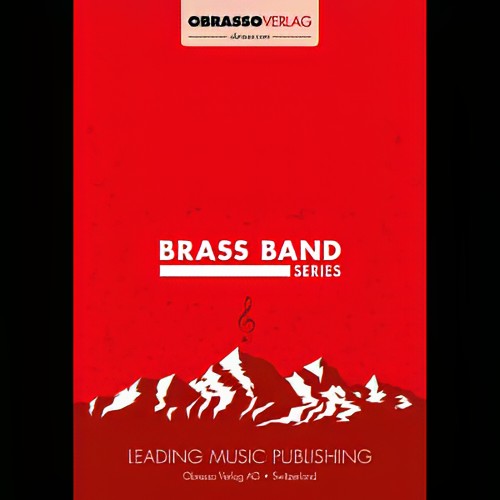 £56.00
£56.00Sad and Blue (Trombone Trio with Brass Band - Score and Parts) - Fernie, Alan
Duration: 3.15
Estimated dispatch 7-14 working days
-
 £50.90
£50.90SOMEBODY'S TUNE (Bass Trombone Solo with Brass Band) - Broadbent, Derek M.
Grade: Easy/Medium.
Estimated dispatch 7-14 working days
-
 £50.90
£50.90SOMETHING (Trombone Solo with Brass Band) - Harrison, George - Richards, Goff
Grade: Medium.
Estimated dispatch 7-14 working days
-
 £24.95
£24.95SOUND AN ALARM (Trombone Solo with Brass Band Set) - Handel, George Frideric
Estimated dispatch 7-14 working days
-
 £50.90
£50.90SPANISH TROMBONES (Trombone Trio with Brass Band) - Marquina, Pascual - Fernie, Alan
Grade: Medium.
Estimated dispatch 7-14 working days
-
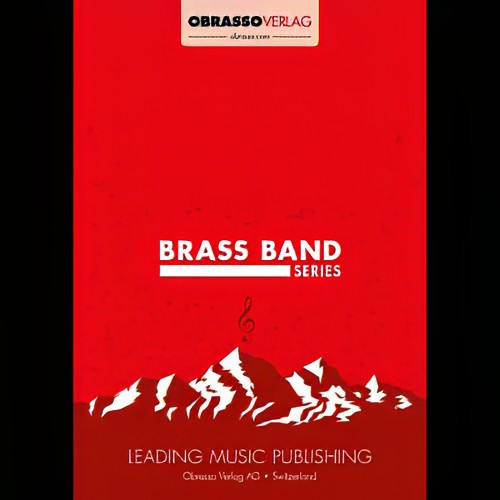 £56.00
£56.00Teddy the Toad (Trombone Trio with Brass Band - Score and Parts) - Hefti, Neal - Fernie, Alan
.
Estimated dispatch 7-14 working days
-
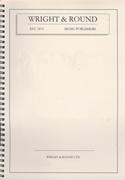 £26.50
£26.50The Acrobat (Trombone Solo with Brass Band)
Please note that there is no score included in this set. A full score is not available for this work
Estimated dispatch 7-14 working days
-
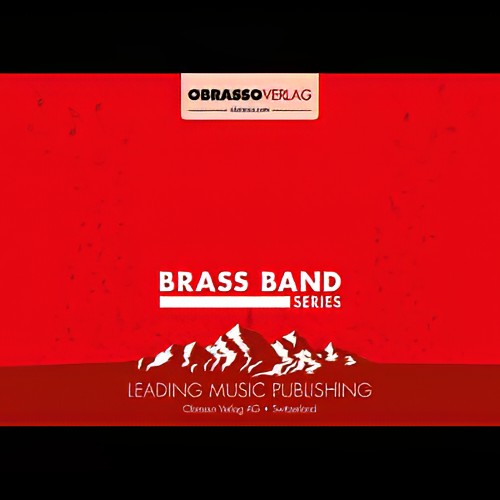 £59.70
£59.70The Attack of the Killer Trombones (Trombone Trio with Brass Band - Score and Parts) - Fernie, Alan
Duration: 3:30
Estimated dispatch 7-14 working days
-
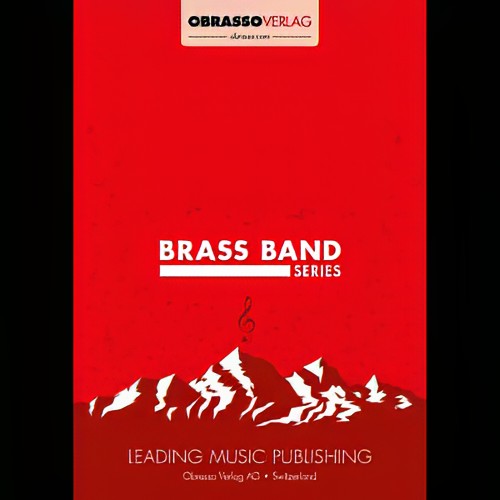 £59.70
£59.70The Faithful Hussar (Trombone Trio with Brass Band - Score and Parts) - Frantzen, Heinrich - Fernie, Alan
Duration: 3.30
Estimated dispatch 7-14 working days
